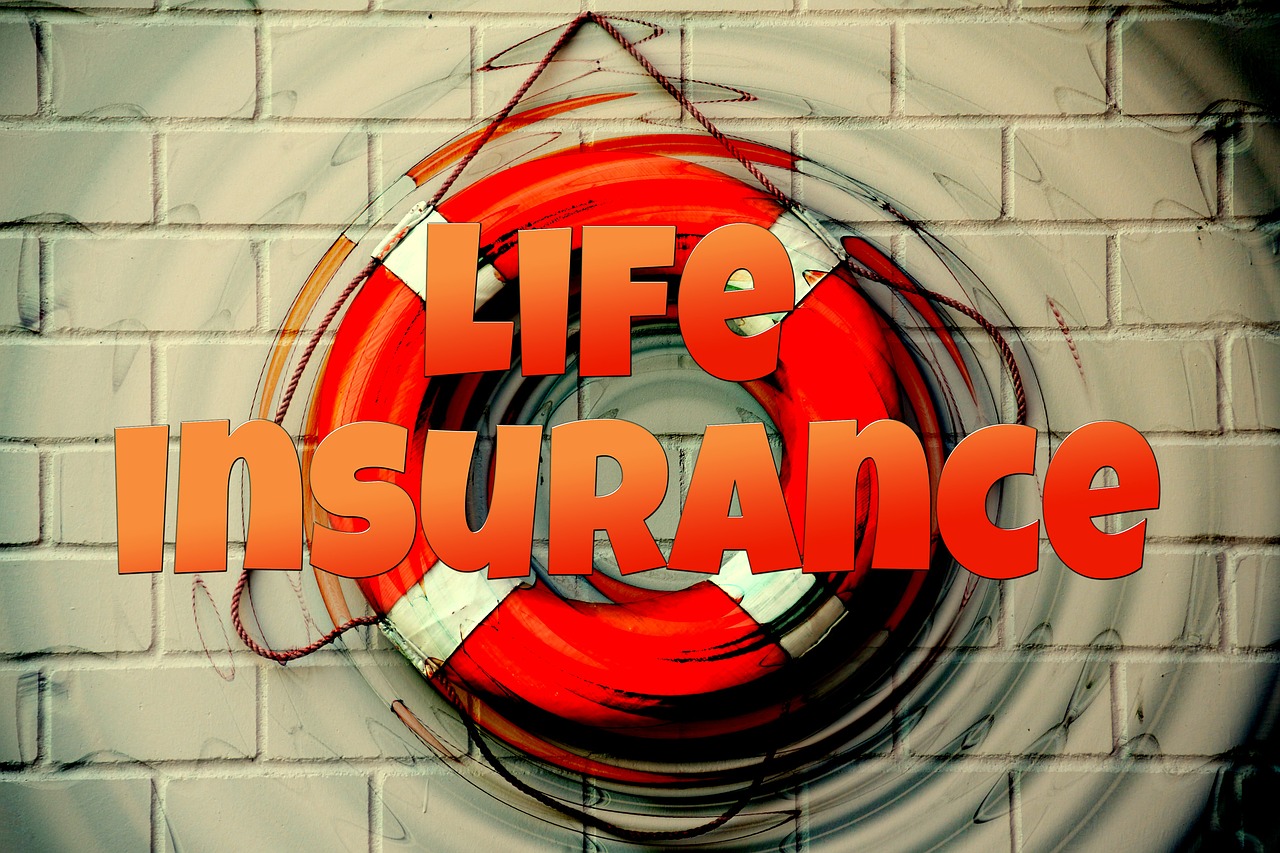Life insurance for children can be affordable now, but it will not be as affordable when your child becomes an adult. Rates increase by 4.5% to 9% per year. If your child develops a chronic illness, it is unlikely that you will be able to afford a life insurance policy for him or her as an adult. Still, some people argue that buying a whole policy for your child is an excellent investment.
Riders
Riders on life insurance for children and adults are optional features that can be added to a policy to give it additional features. Children riders, for example, cover the lives of children up to the age of 22 and may include a limit on the benefits payable. They may also include a conversion provision, allowing the child to switch from a level term policy to a permanent policy before the rider expires or upon the death of the child.
A life insurance policy with a rider can pay a death benefit to your family in the event of your death. A death benefit is tax-free and can be used for a variety of purposes, including funeral expenses and lost income due to extended leave of absence. Some policies also allow you to cover multiple children for one flat-fee, which can be advantageous if you expect to have more children in the future. The coverage can also be beneficial if your child develops a life-threatening condition.
Premiums
As you get older, your life insurance premiums can increase. If your child is a minor, your policy may have lower premiums, and you can continue to make payments until the child reaches adulthood. You can even change the beneficiary of your child’s life insurance policy if the child reaches adulthood.
Children’s policies usually cover a limited amount of money, usually $50,000 or less. Adults, on the other hand, need higher amounts of coverage to replace lost income and cover large debts. A $50,000 or even $25,000 policy will not be enough for an adult’s needs.
A permanent life insurance policy will cost you a little more than a term policy. Therefore, you may want to buy a term life insurance policy for your child and then convert it later. While permanent life insurance policies may offer higher premiums, the cash value component grows over time. However, a permanent life insurance policy does not have the same high rate of growth as a standalone investment account.
Costs
The costs of life insurance for children are generally lower than those for adults. It depends on the amount of coverage that you need and the payment schedule you set up. Many life insurers will give you a discount if you pay your premiums on a regular basis, such as every year. Most children’s insurance policies cost between $3-4 per month, while those for adults can cost up to $10 per month.
When shopping for life insurance for children, it is important to find a policy that will cover your child’s future expenses and time off of work. Most policies will offer a payout of $10 000 to $35 000. In addition to this, it is important to keep in mind that even healthy children can develop health issues later in life. They might also pursue risky professions or hobbies.
Limits
Limits of life insurance for adults and children differ greatly. Children’s plans typically provide less coverage than adults, and can be as low as $50,000. However, most adults require much higher amounts of protection. This coverage can help them replace their income and pay off large debts, which a child’s policy will not provide.
Limits of life insurance for children vary by insurer, so check the policy details to find out the age at which your child is eligible to receive coverage. Most companies have an age limit of 14 or 15 days, but some will cover your child up to age 17. However, there are some policies that allow you to transfer coverage to your child as soon as they turn 21.
Buying a policy
Purchasing a life insurance policy for adults or children is easy and fast. You simply need to fill out an application and provide some basic information. The process is not as intensive as buying a life insurance policy for an adult, and you won’t have to undergo a medical exam. In fact, most companies will let you transfer the policy to your child once they reach a certain age.
When buying a policy for an adult or child, keep in mind that rates will be lower if you are younger, so consider this in mind when deciding what amount to purchase. You may even be able to pay off the premium before your child reaches adulthood. You can also opt for a whole life insurance policy, which has a cash value and a savings component that grows over time. This cash value is available for future expenses, and it can be borrowed against or paid out if the policy is surrendered. Many insurance companies are also touting whole life insurance policies as a good way to save for college. If you’re unsure of what type of policy is right for your child, it’s best to consult with a licensed financial planner.



